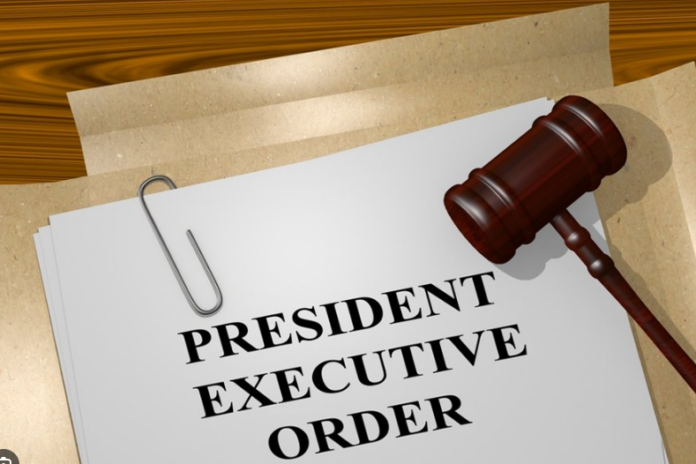President Joe Biden has shown a keen interest in the matters concerning Tribal Nations and their interactions termed as nation-to-nation dealings with the federal government in recent years. He has issued a single executive order along with two presidential memorandums, establishing the groundwork for improved relations between Tribal leaders and executive branch offices, commencing in December 2021.
The White House recently organized a Summit for Tribal Nations, and President Biden utilized this occasion to introduce his latest presidential initiative that has implications for Native Americans. This action builds upon his prior orders and memorandums. Here’s what we have gathered about the measure.
On December 6, the White House released President Biden’s most recent initiative designed to assist Native Americans. He enacted a fresh executive order crafted to revamp the federal assistance and funding for Tribal Nations, with the aim of more effectively embracing the federal government’s trust responsibilities and fostering the next phase of self-determination for Native Americans.
The order includes extensive amounts of highly intricate legal language. Nevertheless, the President’s actions and intentions appear transparent. His order focuses on the intricate bureaucracy related to the procedure through which Tribal leaders can access federal funding.
Biden organized the directive to make it easier for Tribal Nations to apply for and access federal funds. Additionally, it simplifies various procedures related to interactions between Native American leaders and agencies within the executive branch.
Interestingly, and with a perhaps overly hopeful outlook, the order establishes guidelines that extend beyond the conclusion of Biden’s tenure in office. For instance, a specific part of Biden’s directive instructs the leaders of the member agencies of the White House Council on Native American Affairs to implement the executive order within 540 days. Other aspects of this presidential measure are required to occur on an annual basis indefinitely.
Later in the day, Biden convened with Tribal leaders and reportedly declared the signing of the executive order. Nevertheless, a significant portion of his address was, at best, perplexing and, at worst, resembled the ramblings of an individual profoundly unsettled.
At a certain juncture, Biden made an unsolicited mention of the late Senator Daniel Inouye (D-HI). The former legislator held the distinction of being the initial Japanese-American to serve in the US House and the second Asian American in the Senate.
More precisely, he played a key role in establishing the Smithsonian’s National Museum of the American Indian on the National Mall in 2004.
A considerable part of the rest of Biden’s speech resembled more of a promotional campaign than a substantive discussion on tribal matters or the recently signed executive order. During a certain moment, he characterized the American Rescue Plan as the most substantial direct federal investment in Tribal Nations to date.
To be fair, the legislation did succeed in that aspect. However, attributing the $1.9 trillion post-pandemic economic stimulus package exclusively to Native American concerns might be a bit of a stretch, acknowledging the respect due to his audience.




